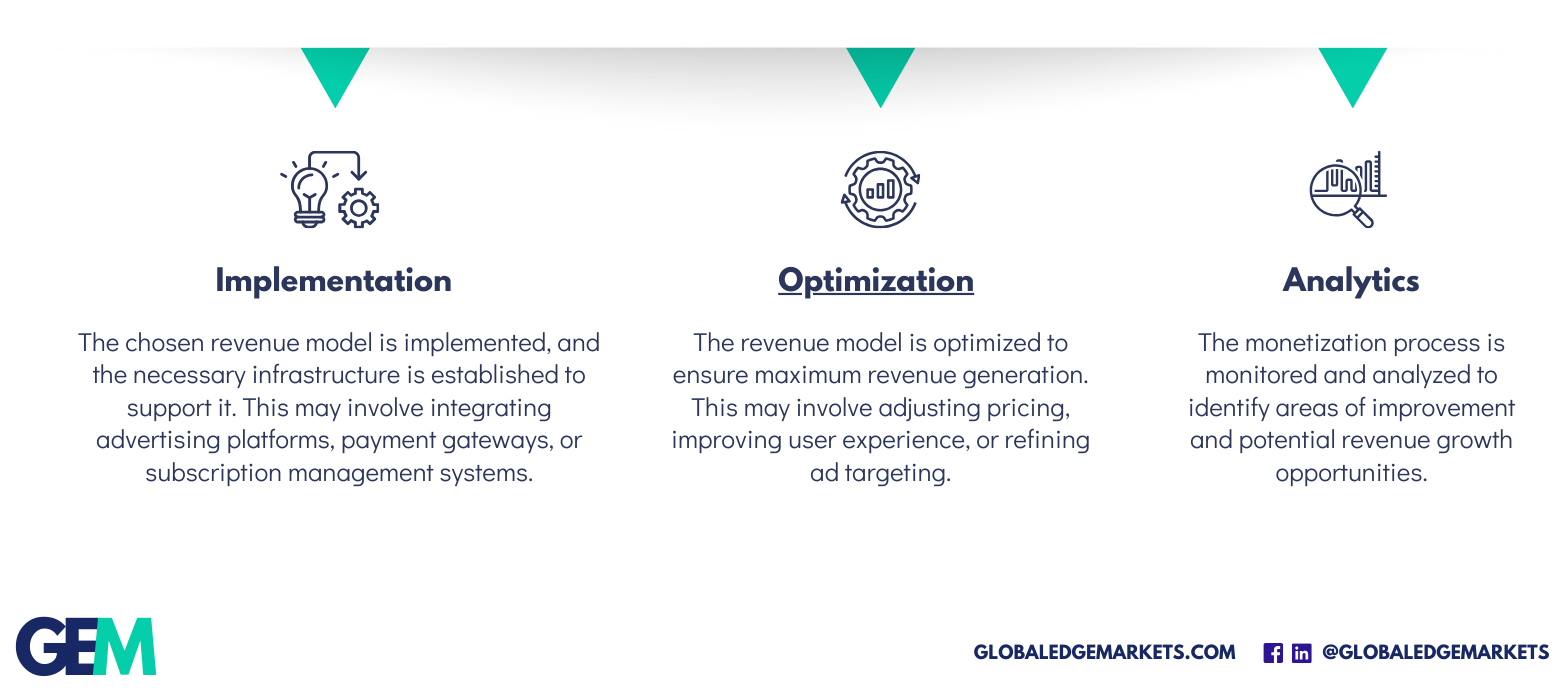With so many monetization models available, finding the right one for your product can be challenging. Below, we will explore the key considerations when choosing a monetization model and provide examples of popular models to help you make an informed decision.

The Role of AI in Productization: Transforming Product Development and Monetization
See how AI is transforming the productization process, providing insights on consumer preferences, product features, market trends and monetization strategies.





